Hibernation Preparation
We have a saying here in the great north: “Winter is coming”, but maybe instead, we should be saying, “winter is here”, because by the beginning of November, half the country already had flakes on the ground. People across the nation rejoice in the magical bliss of waking to a world blanketed in soft white snow, but us gear-heads groan in dread as, to us, that snow means only one thing: putting your muscle car away for winter hibernation.
No one wants to stop driving their car for what feels like half the year, but it’s a critical part of being a responsible owner. Unfortunately, getting ready for winter requires a little more effort than simply parking your ride under a shelter and walking away. If your Mopar® muscle car (whether it’s new or old) is getting parked for the winter, take these precautions to ensure it stays safe, secure and ready to rumble come spring.
Exterior
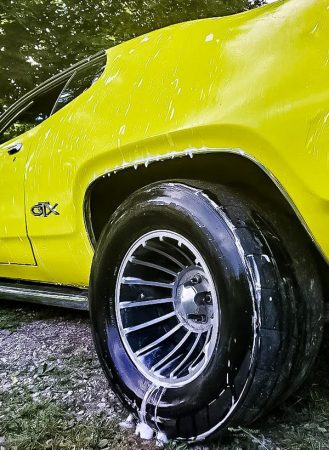
First and foremost, before your car goes into storage, you’ve gotta give it a thorough bath. Odds are it’s going to be sitting untouched for a long time, so it’s essential you remove any corrosive debris that could be clinging to your paint and causing decay. After a detailed wash (and maybe even a wax if you’re fancy), make sure you give some extra attention to your wheels and scrub off all that gnarly brake dust that eats away at delicate finishes.
Interior
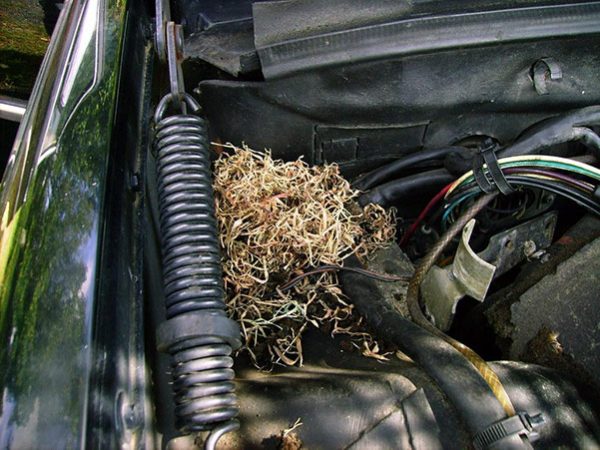
The cabin of your car is your sanctuary, it’s your dojo, and it’s important to protect it. Pesky rodents will often seek shelter from the cold in your car, usually choosing the dash or engine bay as their winter hiding spot where they can wreak havoc on wiring harnesses. I’ve tried all the tricks: dryer sheets, rodent repellents, even Irish Spring soap. Truly, the best way to keep the mice away is good old-fashioned traps placed around and underneath your car. I know, it’s never fun to deal with these pests, but returning to your car to find a mouse nest and chewed up wiring is far more unpleasant.
Engine
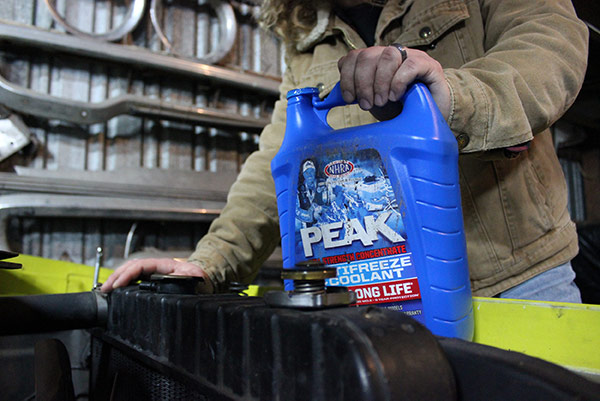
Perhaps the most imperative aspect of prepping a car for storage is to ensure your engine is ready for what old man winter has ahead. It may seem obvious, but let this serve as a reminder; before you blow out a freeze plug (or worse), make sure your radiator is balanced with 50-50 antifreeze and water. Allow a fresh mixture to cycle through your block before you walk away from it and you’ll come back to a happy, healthy motor instead of a massive headache. While you’re at it, be sure you’re protecting the two key components that make your engine run, spark and fuel. Gasoline can begin to varnish in as quick as 30 days, so treat your baby to a quality fill-up and mix in a fuel stabilizer just to be safe. You’ll thank me come spring when you have a full tank of gas at the ready! Failure to complete this last step has resulted in way too many fires, fried cars and sad owners; so please be sure to disconnect your battery. Most classic Mopar vehicles are equipped with factory instruments that will always draw power (even when the car is off), so disconnecting your battery is the best way to ensure there are no stray sparks causing a battery drain or a fire hazard. If you are anticipating sub-zero temps, you may even want to bring your battery to a climate-controlled environment, as they are prone to cracking and leaking when kept in freezing temperatures.
Ain’t No Rest for the Wicked
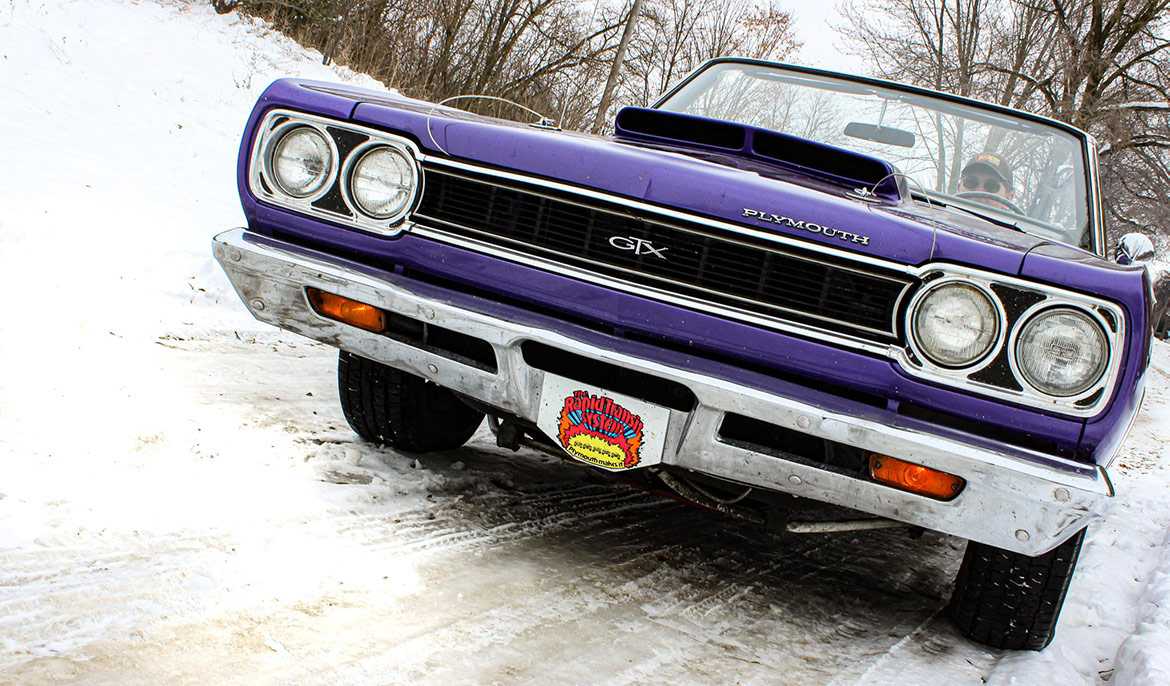
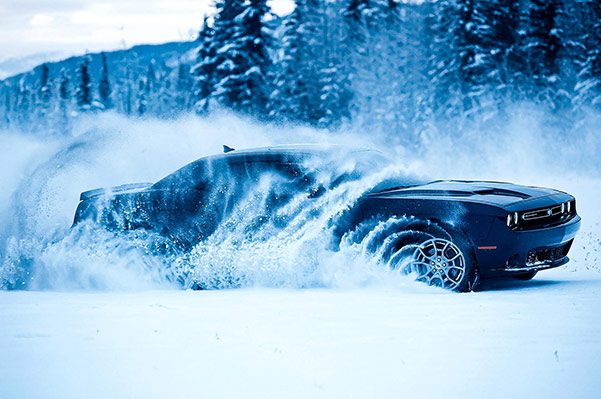
Okay, I know that I said putting your car away for winter is the responsible choice, but have I ever actually encouraged responsibility? Owning a muscle car is all about enjoying the thrill of being alive, I don’t know about you, but I have trouble depriving myself from that thrill for a whole winter. The following images may cause some to burst out in tears or boil with rage, so if you are on the uptight side, you may want to avert your eyes and stop reading, because what I’m about to say might straight-up blow your mind: snow doesn’t actually cause rust. That’s right, it’s not the fluffy white stuff to blame for the crust that consumes our cars after a long winter season, but the road salt that comes with it. Road salt is a necessary evil that both helps and hurts our cars: yes, it melts slippery ice, helping to keep you between the ditches, but it’s also a horribly corrosive substance that straight-up destroys cars. So why do we have to hide our cars the second a few flakes hit the ground? Truth is, as long as the road isn’t icy and the streets are clean, it’s not going to hurt anything to break your baby out for an occasional winter cruise. Scope out the roads, make sure they’re dry, and just for good measure, give her a nice wash before she’s tucked back into the garage. If you’re still worried about your car’s body corroding into a rusty crust, try out a preventive neutralizer to help cancel out the harmful effects of the road salt.
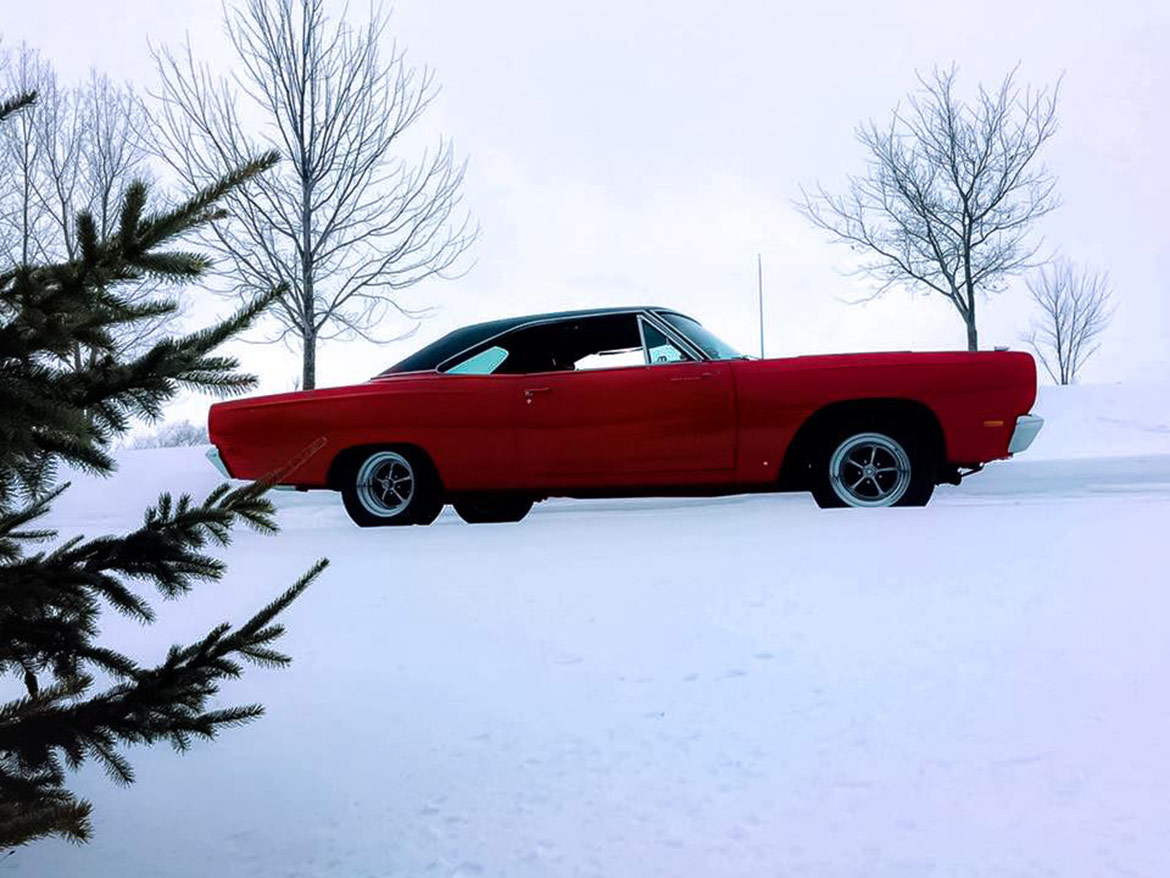
One week down … only 20 more to go. Are you storing your car this winter or throwing on a set of chains and driving like you stole it?
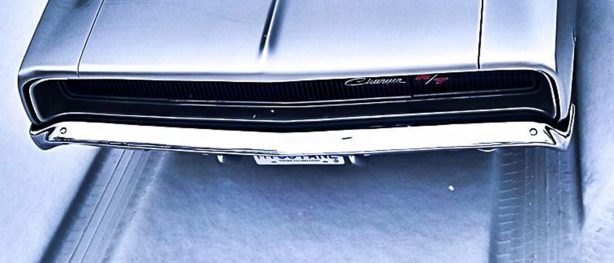
0 Comments